Ikuchijima, a Visit to a Buddhist Land
Situated between Honshu and Shikoku, the island houses a religious complex built straight from the imagination of an industrialist in 1935.
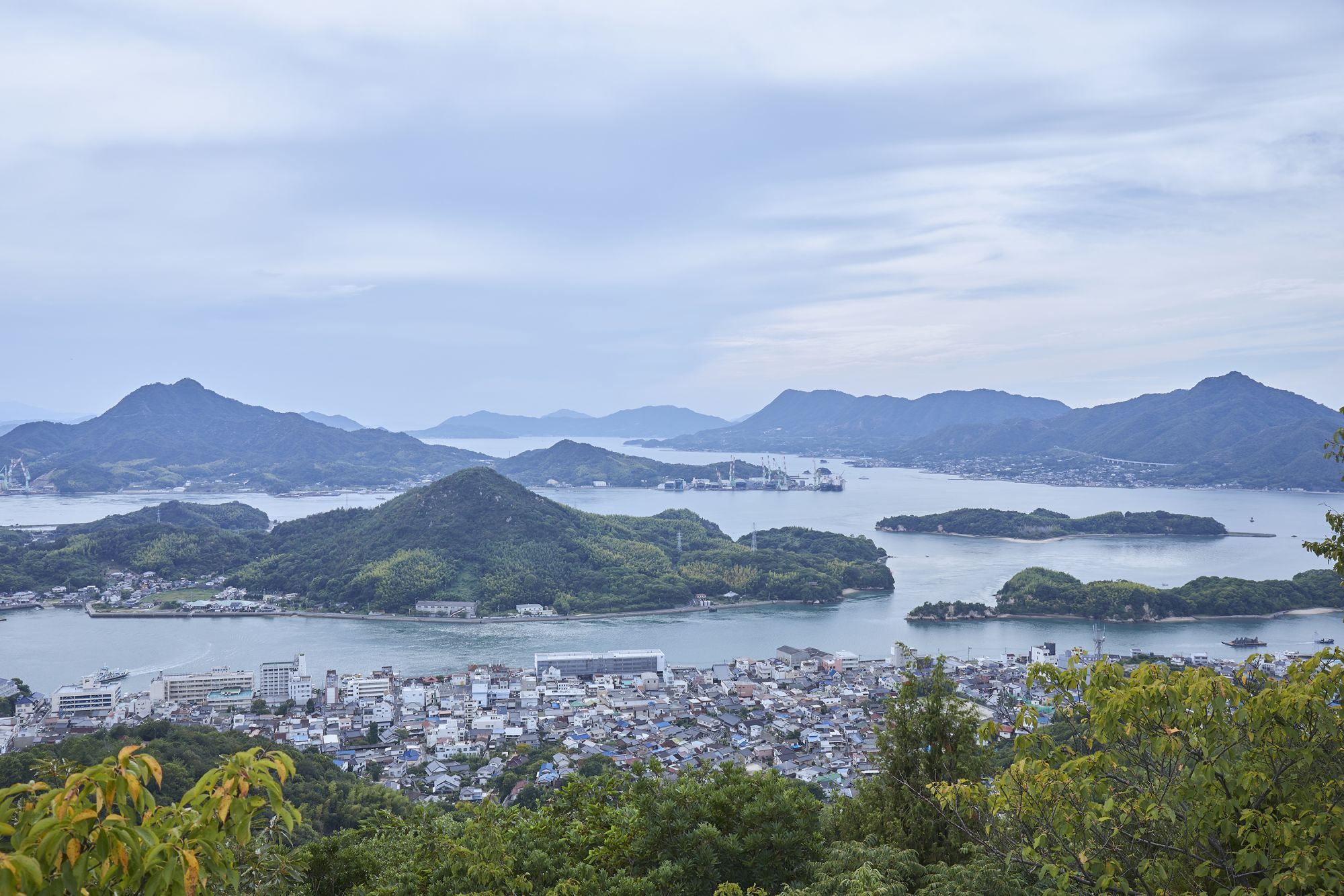
© JNTO
Ikuchijima, an island in the Seto Inland Sea, is often connected with the famous Shimanami Kaido, a route popular with cyclists that links Onomichi on the main island of Honshu with Imabari on the smallest of Japan’s main islands, Shikoku. This route connects six islands with bridges, and Ikuchijima certainly deserves a visit.
On this island with 11,000 inhabitants, an unusual Buddhist temple complex, Kosanji, stands in the town of Setoda. With a surface area of over 50,000 m2, it was founded in 1936 on the demand of Kozo Kosanji, a rich industrialist from Osaka who wanted to pay homage to his mother who had passed away not long before. Several temples, including a three-storey pagoda, and a museum housing the businessman’s art collection, make up Kosanji. Visitors can also enter the Cave of a Thousand Buddhas, an underground path built from lava stone from Mount Fuji where they can see, as well as a mini waterfall and paintings representing Hell, one thousand statues of Buddha. Lastly, the complex contains the Hill of Hope, a garden strewn with statues and monoliths made from Carrara marble that stretches over 5000 m2, designed by artist Itto Kuetani, who wanted to represent family connections and peace.
An island known for its lemons
The island of Ikuchijima is also known for its citrus fruit, particularly lemons, which have been grown there since the Meiji era (1868-1912). It provides a substantial proportion of the lemons known as ‘Setouchi lemons’ in Japan. The farms are open to visits, particularly those that have focused on natural approaches in recent years.
Finally, a wander around the town of Setoda is essential, particularly for its main Shiomachi street, which is lined with little traditional artisanal boutiques and shops selling food where lemons are naturally heavily featured. Another food widely found in Ikuchijima is octopus, which is fished in the surrounding waters.
One way of getting to the island is via the Shimanami Kaido, which takes around two hours from Onomichi. It is also possible to get there by boat from Onomichi in 40 minutes.
More information about Ikuchijima can be found on the Japanese tourist office website.
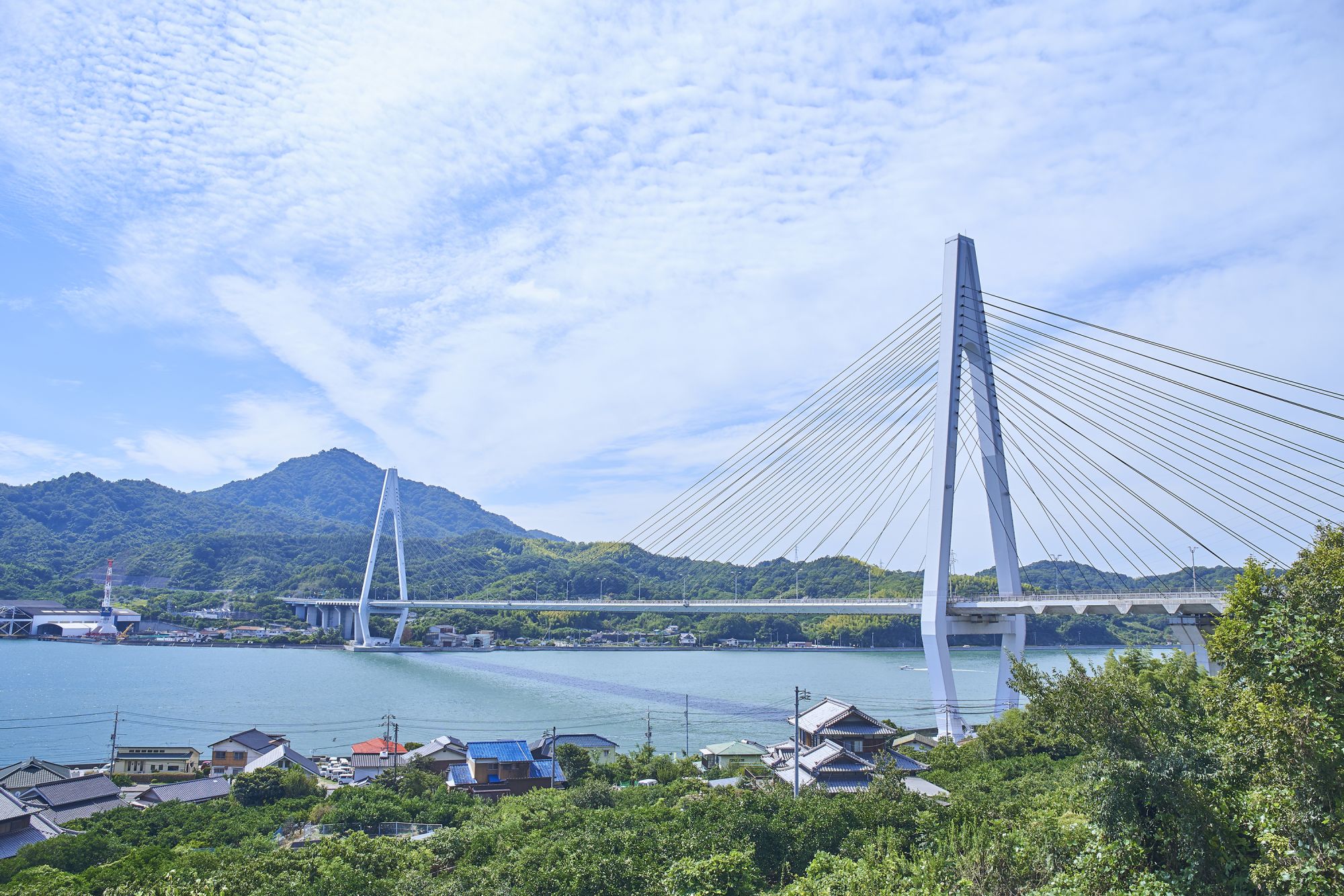
© JNTO
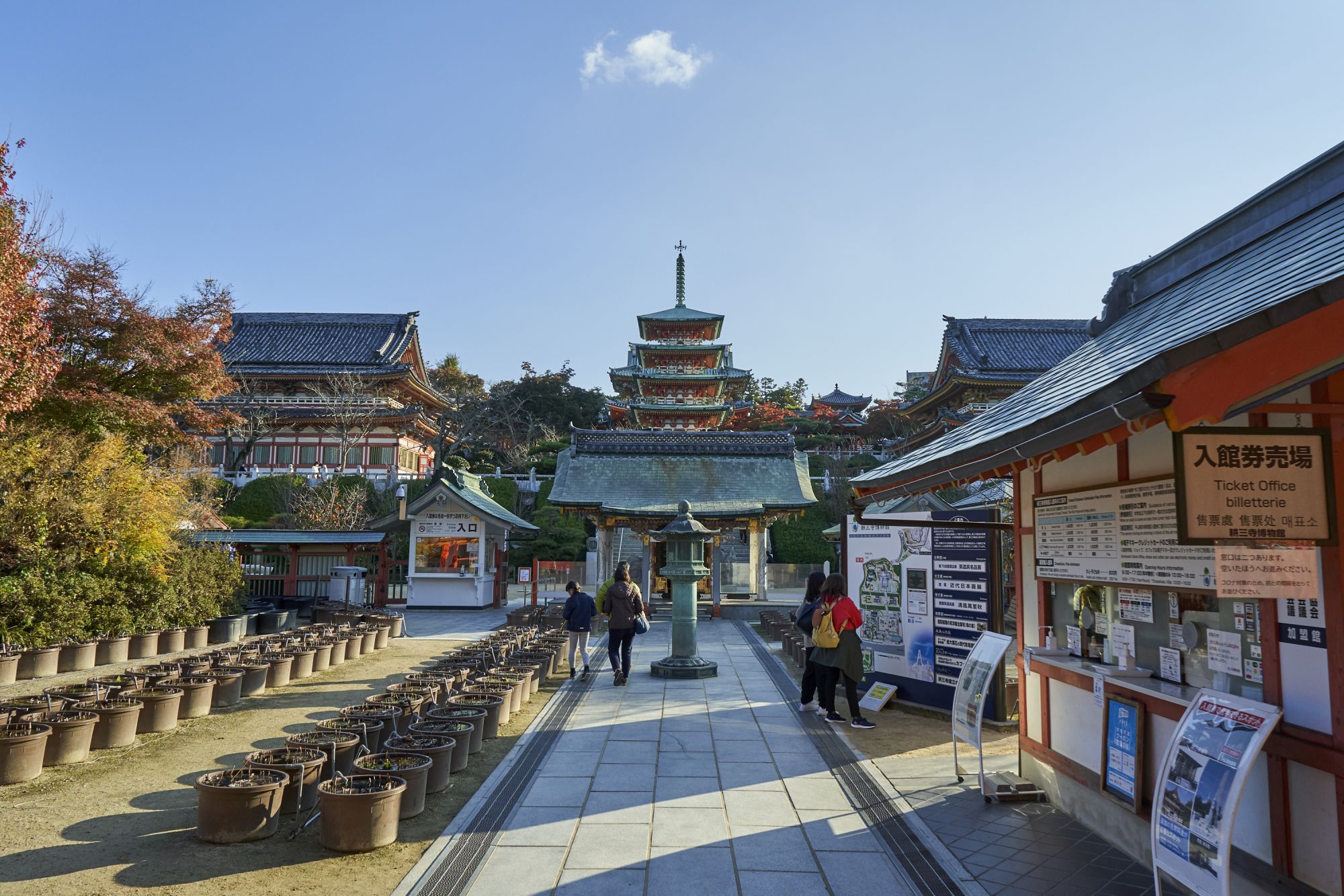
© JNTO
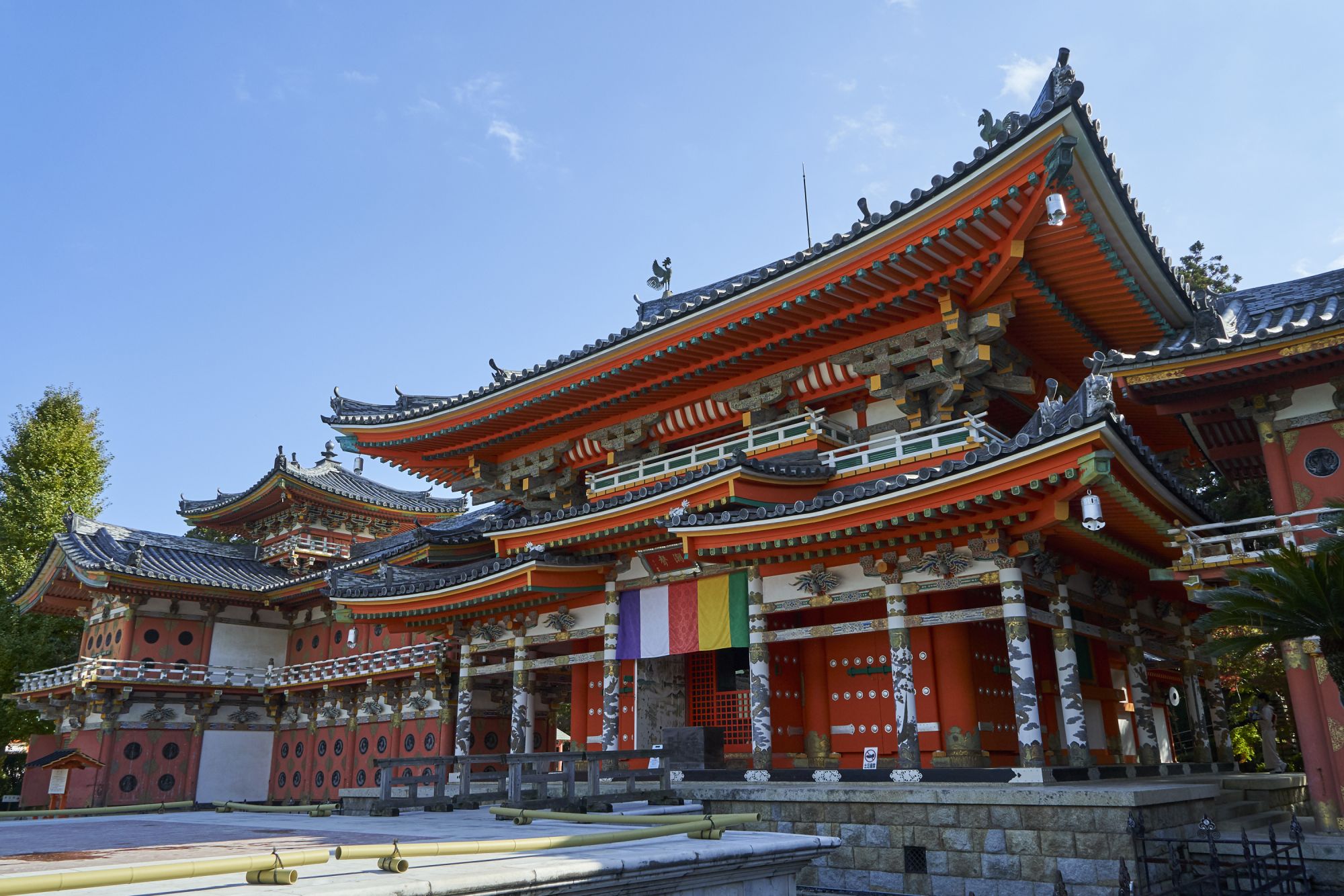
© JNTO
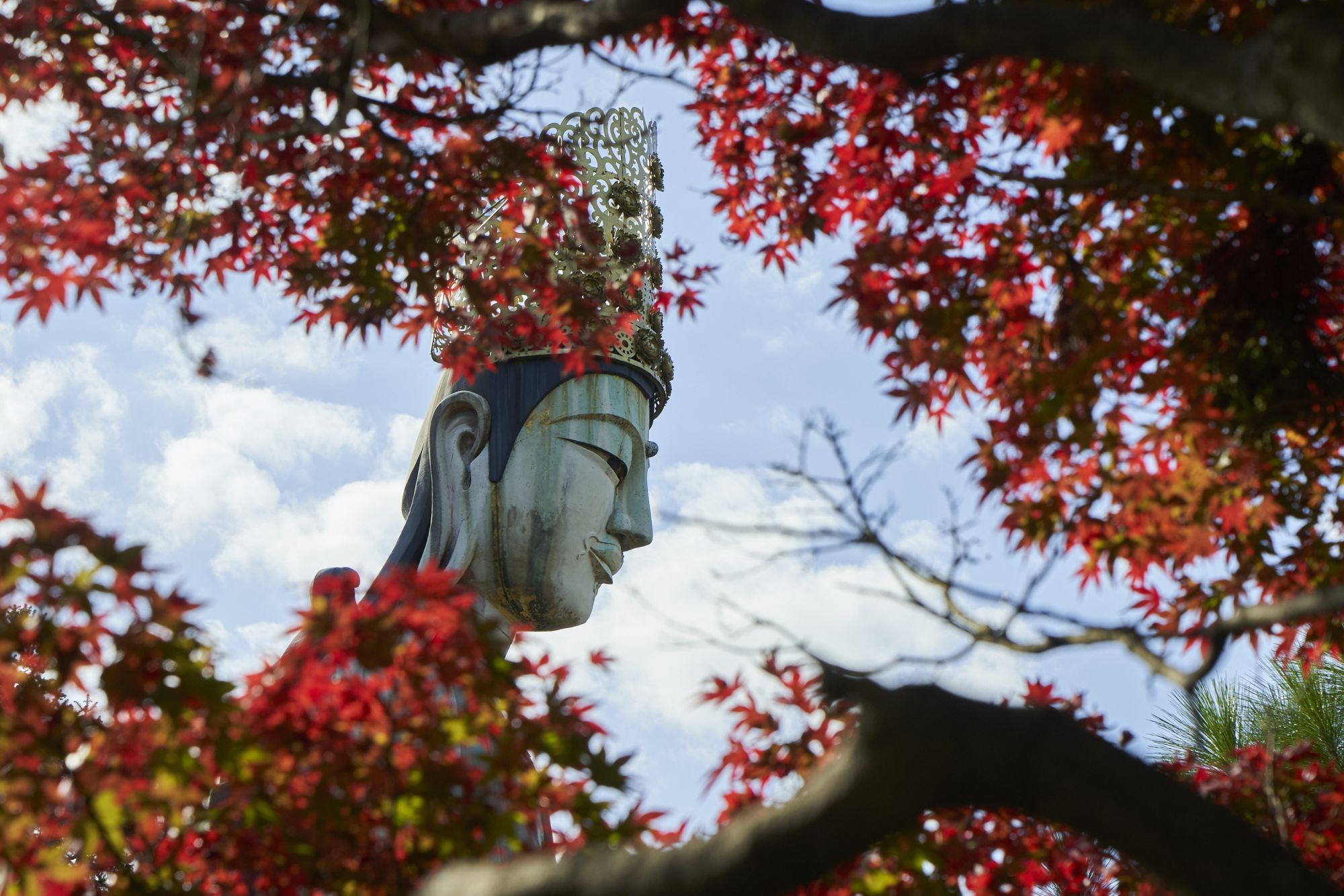
© JNTO
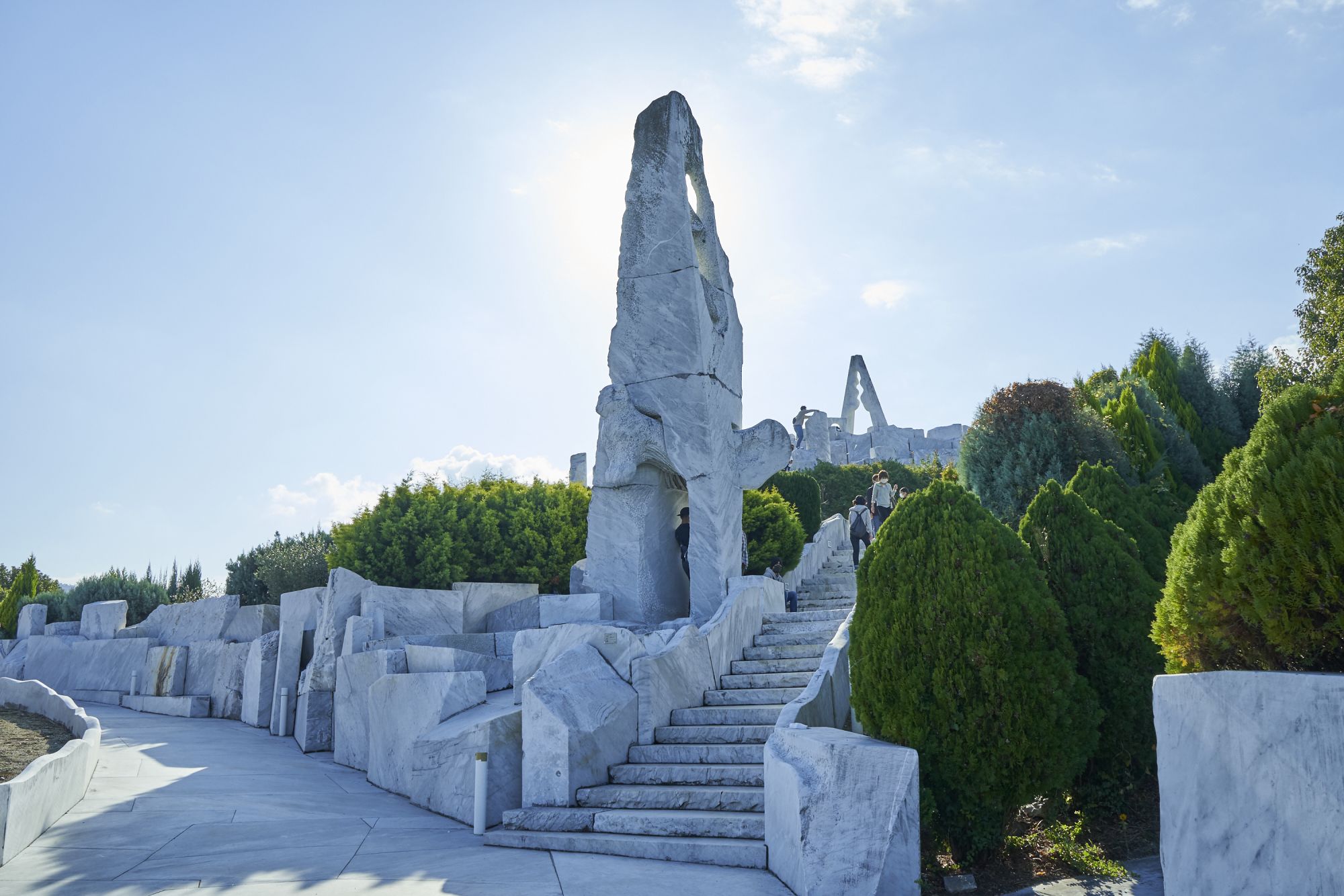
© JNTO
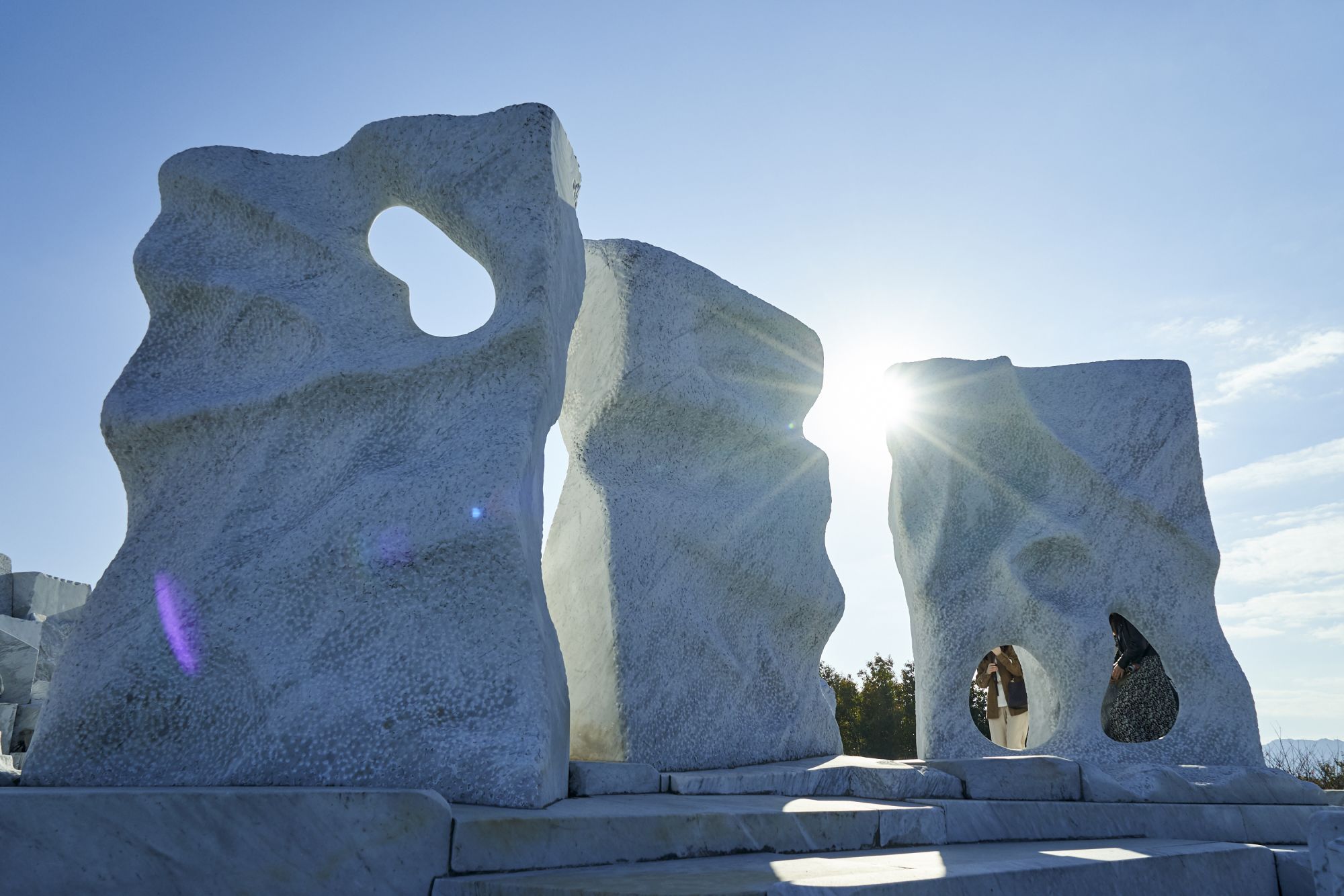
© JNTO
TRENDING
-
The Tattoos that Marked the Criminals of the Edo Period
Traditional tattoos were strong signifiers; murderers had head tattoos, while theft might result in an arm tattoo.

-
Chiharu Shiota, Red Threads of the Soul
Last year, more than 660,000 people visited the retrospective 'Chiharu Shiota: The Soul Trembles' exhibit at the Mori Art Museum.

-
‘Before Doubting Others, Doubt Yourself. Who Can Truly Say a Dish Isn’t What It Used to Be?’
In ‘A Non-Conformist’s Guide to Surviving Society’, author Satoshi Ogawa shares his strategies for navigating everyday life.

-
The Story of Sada Yacco, the Geisha who Bewitched Europe
Described by Dazed magazine as the first beauty influencer, she has been restored to her former glory since 2019.

-
Ito Jakuchu's Naturalist Paintings
From 15 September until 14 October 2018, the Petit Palais showcased the artist's iconic ‘Images of the Colourful Realm of Living Beings’.





